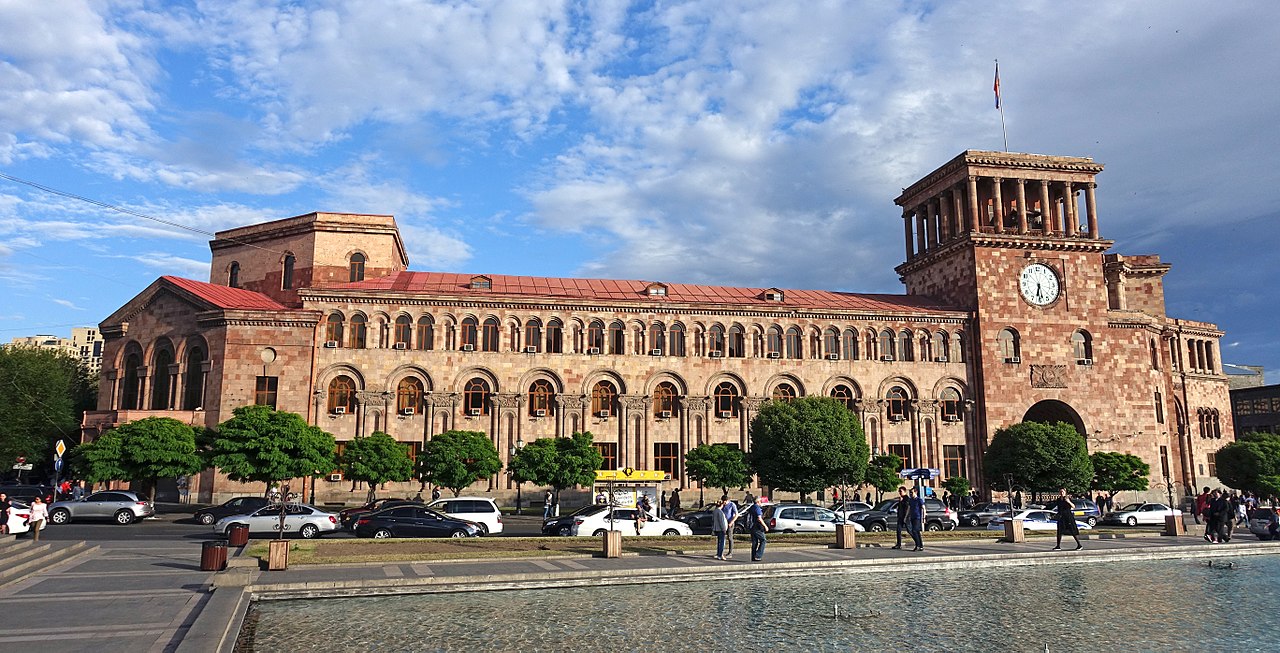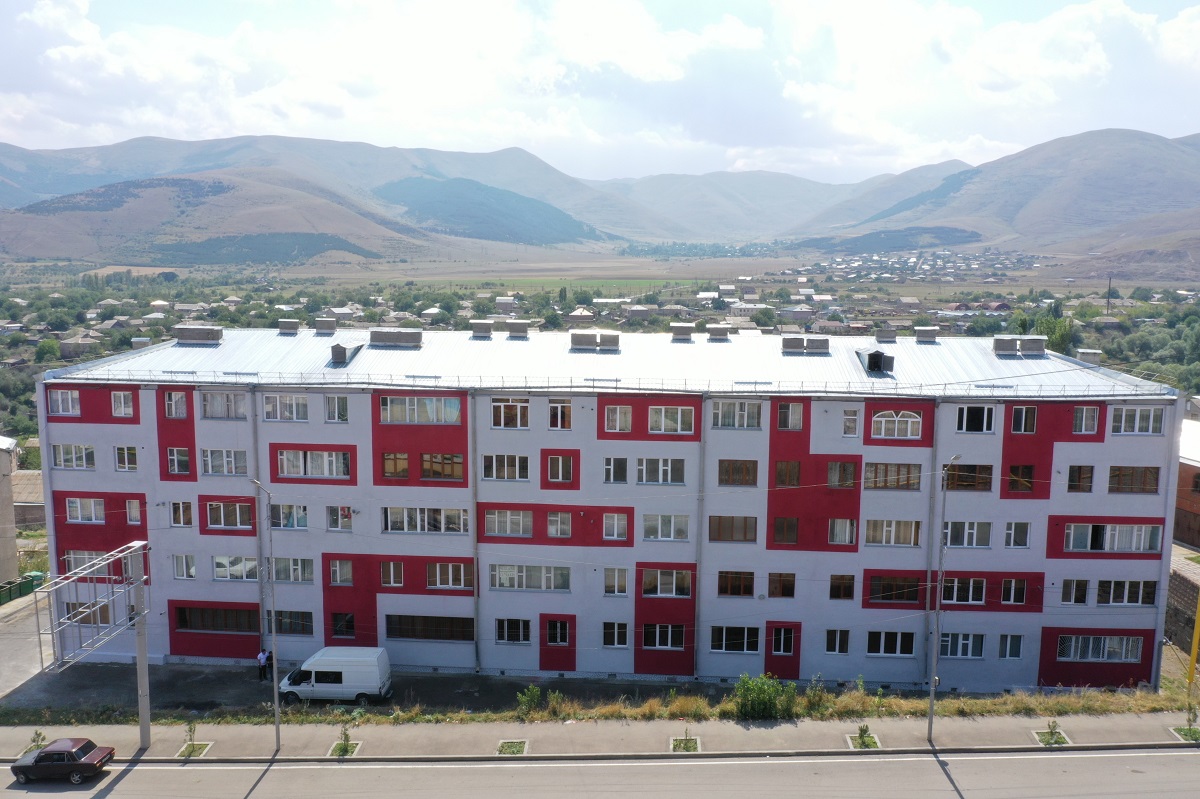Analyzing diamond production in Armenia: insights from open database
Diamond production in Armenia
In recent years, Armenia has seen a significant rise in both diamond imports and exports. However, since 2020, there has been a decline in the processing of these precious stones. This is noteworthy given that the Armenian government has designated diamond and jewelry production as one of the top five priority sectors for economic development over the past few years.
What are the emerging trends in the industry’s development? Which companies have emerged as key players in diamond production, export, and import? What potential changes can be anticipated in the near future?
- Armenia’s 2024 budget characterized by “unprecedented reserve fund”
- “Economic growth in Armenia is unstable”: analysis of the situation and expert’s forecast
- “A blow to microbusiness in Armenia”: experts on the abolition of tax incentives
Diamonds rank among the top three goods exported from Armenia
Between 2019 and 2023, diamond exports held top positions in Armenia’s foreign trade turnover. In 2019, diamonds ranked 8th among exported goods by customs value, while in 2023, they rose to 4th place. Similarly, diamond imports also showed progress, moving from 5th to 3rd place.
In 2023, diamond exports reached approximately 231 billion drams ($577.5 million), marking a substantial increase compared to previous years. Import figures totaled 220 billion drams ($550 million), nearly matching the amounts from 2019 to 2021 combined.
A comparison of data over the past 5 years reveals that export figures exceeded import volumes in the last two years. In 2022, the difference was 6.6%, and in 2023, approximately 4.8%.
Economist Aghasi Tavadyan attributes this trend to the local processing of imported diamonds in Armenia. As a result, the diamonds gain added value and are either re-exported at a higher price or returned to their country of origin.
Export or re-export?
In 2023, Armenia exported 4,438,000 carats of diamonds, marking a 47% growth compared to 2022, while imports increased by 28%.
Diamonds were exported to 14 countries. The largest portion of the export, approximately 85%, was accounted for by the United Arab Emirates (3,772,000 carats). Russia followed in second place with 515,000 carats, and Hong Kong ranked third with 121,700 carats exported. Export volumes to other countries were significantly smaller.
While the UAE dominated in exports, Russia led in imports, supplying nearly half of the imported stones (1,604,000 carats). Hong Kong (951,000 carats) and the UAE (576,000 carats) followed in second and third positions for imports.
These indicators highlight the United Arab Emirates, Russia, and Hong Kong as the primary partners in both export and import transactions.
According to experts, these data indicate that the majority of diamonds entering the country are subsequently re-exported.
Economist Aghasi Tavadyan estimates that around 70% of diamond exports constitute re-exports.
“The calculation method is as follows: we consider the goods that arrived in Armenia and were exported to another country during the month to be re-exported. For example, if it is imported from the Russian Federation but not returned to the Russian Federation, but re-exported from Armenia to a third country without any processing, in our case mainly to the UAE. When calculated according to this method, the re-export of diamonds is about 70%.”
According to him, one of the primary factors driving the significant increase in exports to the UAE was the Russian-Ukrainian war and the subsequent EU sanctions against Russia.
“Since there was a big demand for goods in Russia due to the sanctions, these goods began to be re-exported through Armenia as well. At the same time, a large amount of capital flowed from Russia to Armenia. Then this capital in the form of money, diamonds, and gold migrated through Armenia to the UAE,” says Tavadyan.
However, on January 8, during a press conference on the previous year’s results, Minister of Economy Vahan Kerobyan provided a different perspective.
“Most of the diamond exports are not re-exported but processed and then re-exported. There is, of course, a small amount of re-export. However, our main focus is on the development of the local industry.”
Volumes of diamond processing for the last 10 years
Since Armenia lacks diamond raw materials, Armenian diamond producers primarily focus on processing stones imported from abroad. Despite a sharp increase in import and export volumes to Armenia over the past two years, the figures for diamond processing and production in the country have declined compared to 2020, according to data published by the statistical committee.
The highest recorded indicator for diamond processing and production in Armenia over the last decade was in 2020, with 257,894 carats.
The trend of continuous growth observed from 2014 to 2020 started to decline in 2021.
In 2022, 142,895 carats were processed. For January to October 2023, 141,321 carats were processed (full-year data for 2023 are not yet available).
In response to our inquiry about the reasons for the decline after 2020, the Ministry of Economy referred to data from the statistical committee. However, they compared the latest data not with the highest indicator recorded in 2020, but with figures from 2021. For 2021, the figure is 126,900 carats, which does not correspond to the data published on the website of the State Committee (where the figure is 144,307 carats).
Consequently, based on a comparison with another indicator, the Ministry of Economics assured, “In 2022, the volume of diamond mining in Armenia increased compared to 2021.”
Furthermore, according to the department’s forecast, “by the end of 2023, the volume of processed stones will reach 160 thousand carats.”
However, even if this forecast proves accurate, the volume of diamond processing in the country will still be below the figures for 2017-2020.
Manufacturing companies, importers and exporters
The number of organizations engaged in diamond production in Armenia doubled from 6 to 13 during 2021-2023. However, during the same period, the number of employees at these enterprises decreased by 15%.
Economist Agassi Tavadyan finds it challenging to explain the two-fold increase in the number of producers alongside the decrease in production volumes and the number of employees.
According to the Ministry of Economy, prominent activity in diamond processing in Armenia is conducted by companies such as “VDA Diamonds,” “ADM Diamonds,” “Arevakn,” “Shoghakn,” and “Dymotech.”
From 2019 to 2023, the number of exporting organizations increased by 40%, from 21 to 35. Importers also grew by 11.3%, from 55 to 62.
Information about the three largest exporters and importers was requested from the State Revenue Committee. The data for 2023 revealed that the largest volume of imports was attributed to “VDA Diamonds,” “ADM Diamonds,” and “Arevakn.” And “VDA Diamonds,” “ADM Diamonds,” and “Dimex Capital” were the top exporters.
Strategy of the government
In 2021, the Armenian government approved the government’s activity program for 2021-2026, which includes the production of diamonds and jewelry as one of the five priority development directions.
As per the government’s decision, in December 2021, “Hay Almast” CJSC was established specifically for the development and activation of this sector. It was established specifically for the development and activation of the industry. The organization was tasked with the mission of jointly purchasing stones (in one lot) from raw diamond mining companies and transferring them to diamond-producing companies operating within the country.
Specific tasks assigned to the “Hay Almast” organization were also outlined:
- develop the industry as declared in the strategic direction,
- supply local companies with quality raw materials,
- attract additional financial resources for further industry development,
- introduce new working formats with the Russian company “Alrosa,” which mines 95% of all diamonds in Russia,
- attract investors,
- aid new Armenian enterprises emerging in the market.
“Alrosa” served as the primary source of raw materials for Armenian companies. However, as of the beginning of 2024, the sanctions imposed by the European Union on the group of diamond mining companies “Alrosa” and its CEO, Pavlo Marinychev, have begun to have an impact.
How will the sanctions against the primary raw material supplier affect diamond production in Armenia, and to what extent? Zhanna Zakaryan, acting general secretary of the Ministry of Economy, provided insight into this matter.
“At present, the ministry is engaged in negotiations with other countries that extract diamond raw materials and major organizations in this sector, aiming to diversify the sources of raw material supply.”
Follow us – Twitter | Facebook | Instagram
Diamond production in Armenia






















